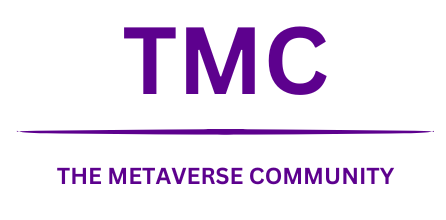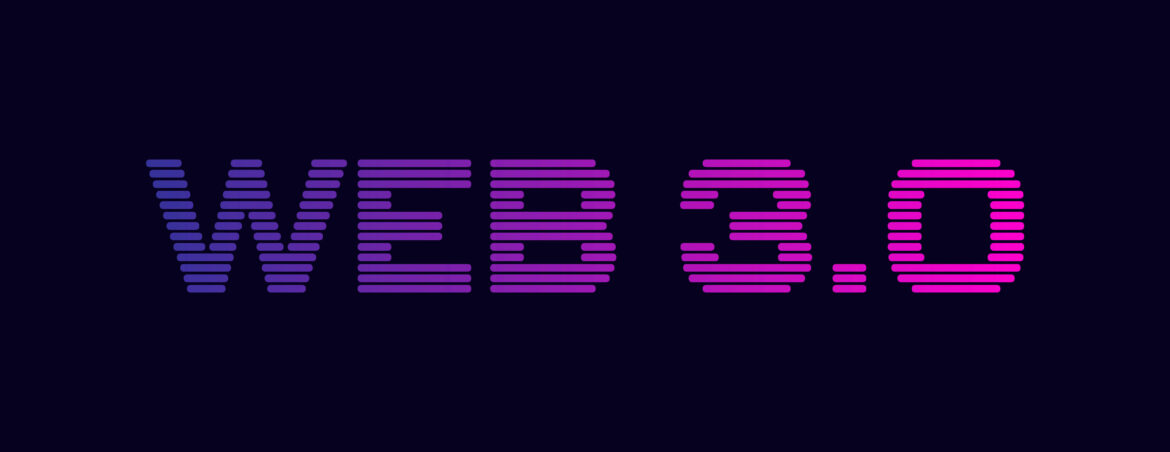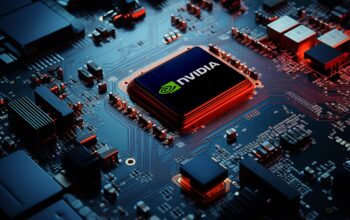Web 3.0: The Decentralized Future of the Internet
Web 3.0 represents the next evolutionary phase of the internet, envisioning a decentralized landscape characterized by autonomous organizations (DAOs), near-instantaneous blockchain transaction verification, and a plethora of digital tools and resources. This transformative shift aims to address the shortcomings of Web 2.0, which, while facilitating widespread access to information and communication, has led to centralization of power and control in the hands of a few dominant companies like Meta, Microsoft, and Google.
Key Distinctions Between Web 2.0 and Web 3.0
The core principle of Web 3.0 is decentralization, seeking to minimize institutional hierarchies and gatekeeping while empowering peer-to-peer interactions. This shift challenges the current Web 2.0 model, where user data is often exploited for profit, and content creation is largely controlled by centralized platforms.
Blockchain: The Backbone of Web 3.0
Blockchain technology is the foundation of Web 3.0, enabling secure, transparent, and immutable transactions. This has far-reaching implications for finance, supply chain management, healthcare, and other industries. Cryptocurrencies like Bitcoin and Ethereum are prime examples of blockchain-based applications that have gained significant traction, offering decentralized alternatives to traditional financial systems.
Decentralized Applications (dApps) and Smart Contracts
Web 3.0 envisions a proliferation of decentralized applications (dApps) built on blockchain networks. These dApps operate autonomously, without intermediaries, through self-executing smart contracts. This opens up new possibilities for user-centric platforms, where users have more control over their data and interactions.
The Rise of Decentralized Finance (DeFi)
Web 3.0 is giving rise to a new financial ecosystem known as Decentralized Finance (DeFi). DeFi platforms leverage blockchain technology and smart contracts to offer a wide range of financial services, including lending, borrowing, trading, and asset management, all without the need for traditional financial intermediaries.
NFTs: Unique Digital Assets
Non-fungible tokens (NFTs) have emerged as a significant component of the Web 3.0 landscape. These unique digital assets represent ownership of digital or physical items, providing new avenues for creators to monetize their work and for collectors to invest in digital art, collectibles, and virtual real estate.
Challenges and Concerns
While the potential of Web 3.0 is immense, several challenges and concerns remain. Scalability, user experience, regulatory frameworks, and security are all areas that require further development and refinement. Additionally, the environmental impact of blockchain technology, particularly the energy consumption of proof-of-work blockchains like Bitcoin, is a growing concern.
International Perspectives on Web 3.0
The understanding and implementation of Web 3.0 vary across the globe. In China, for instance, the government is actively exploring blockchain technology while maintaining strict control over cryptocurrencies. This raises questions about the balance between innovation and regulation in the development of Web 3.0.
The Road Ahead
The transition to Web 3.0 is a gradual process, with various projects and initiatives underway. Ethereum, with its robust smart contract capabilities, is a leading platform for dApp development. Polkadot and Cosmos are focused on creating interoperable blockchain networks, while Filecoin and IPFS are working on decentralized storage solutions.
As Web 3.0 continues to evolve, it promises to reshape the internet as we know it, shifting power from centralized entities to individual users and communities. This paradigm shift has the potential to democratize access to information, services, and economic opportunities, ushering in a more user-centric and equitable digital future.




